Synopsis
Spec references J248: C2.2a, C2.2b, C2.2c J250: C2.2a, C2.2b, C2.2c. This video explains the arrangement of the periodic table, detailing how group numbers correspond to the number of electrons in the outer shell and how this impacts the chemical properties and reactivity of elements. It further discusses how period numbers relate to the number of electron shells. The video concludes by highlighting the division of the periodic table into metals and non-metals, offering a brief overview of the properties of both metallic and non-metallic elements.
- Programme: Curriculum Bites
- Series: KS4
- Episode: Double Science: 1
- Channel: CBBC
- Broadcast year: 2003
-
Chemistry (J248); C2.2a, C2.2b, C2.2c
Licence: ERA Licence required
UK only
Staff and students of licensed education establishments only
Cannot be adapted
Add Notes
More clips from Curriculum Bites
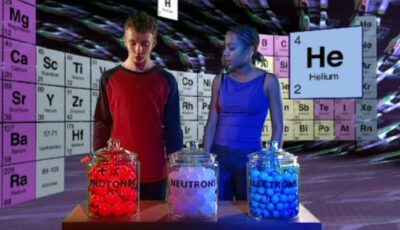
Atomic Structure - Building an Atom | Curriculum Bites
Atomic Structure - Building an Atom | Curriculum Bites
Spec references J248: C1.2b, C1.2d, C1.2e J250: C1.2b, C1.2d, C1.2e. How can an atom be completely described by the in...

Balanced and unbalanced forces | Curriculum Bites
Balanced and unbalanced forces | Curriculum Bites
Spec references J249: P2.2b J250: P2.2b. Addresses misconception that objects with a force acting on them must move. Refram...
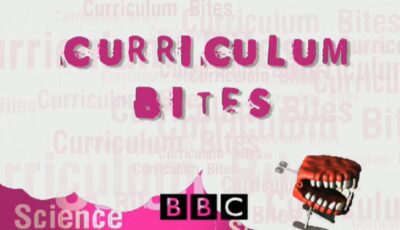
Breathing | Curriculum Bites
Breathing | Curriculum Bites
Schools science programme where topics in the double science curriculum are broken down into small chunks.

Cells | Curriculum Bites
Cells | Curriculum Bites
Schools science programme where topics in the double science curriculum are broken down into small chunks.

Chromosomes | Curriculum Bites
Chromosomes | Curriculum Bites
Schools science programme where topics in the double science curriculum are broken down into small chunks.

Circuits | Curriculum Bites
Circuits | Curriculum Bites
Schools science programme where topics in the double science curriculum are broken down into small chunks.
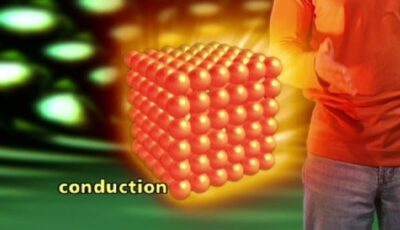
Conduction, convection and radiation and insulation. | Curriculum Bites
Conduction, convection and radiation and insulation. | Curriculum Bites
Spec references J249: P5.2a, P5.2f J250: P5.2a, P5.2f. Conduction, convection and radiation, and ho...
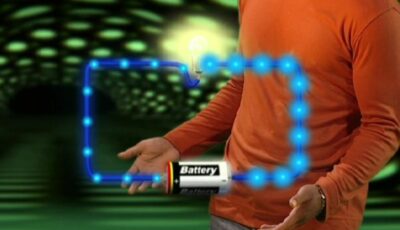
Current in series and parallel circuits | Curriculum Bites
Current in series and parallel circuits | Curriculum Bites
Spec references J249: P3.2a, P3.1f J250: P3.2a, P3.1e . Animated explanation of a current in series and parallel c...
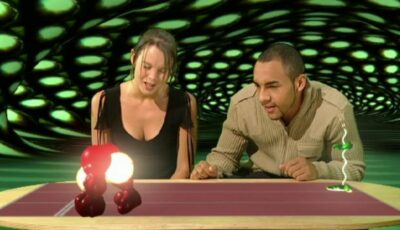
Descriptive treatment of the relative speeds of alpha, beta and gamma | Curriculum Bites
Descriptive treatment of the relative speeds of alpha, beta and gamma | Curriculum Bites
Spec references J249: P6.1l J250: P4.3l. Animation and description of relative speed...
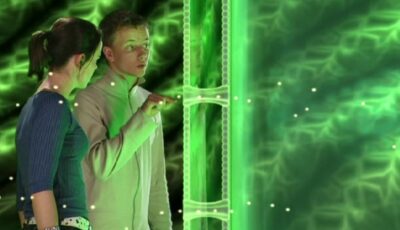
Diffusion | Curriculum Bites
Diffusion | Curriculum Bites
Spec references J247: B2.1a J250: B2.1a. Definition of diffusion and what substances go into the cell.
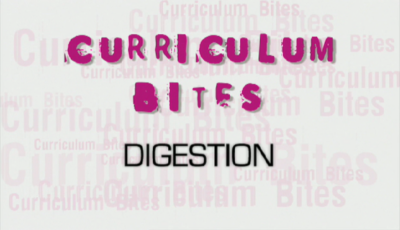
Digestion | Curriculum Bites
Digestion | Curriculum Bites
Schools science programme where topics in the double science curriculum are broken down into small chunks.
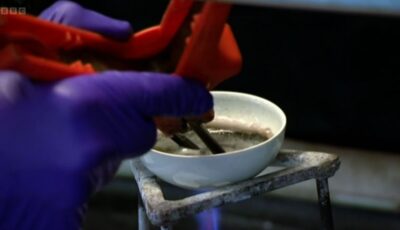
Electrolysis - Discovery of Potassium | Curriculum Bites
Electrolysis - Discovery of Potassium | Curriculum Bites
Spec references J248: C3.4b J250: C3.4b. Professor Jim Al-Khalili recreates the electrolysis experiment that lead to...

Elements | Curriculum Bites
Elements | Curriculum Bites
Schools science programme where topics in the double science curriculum are broken down into small chunks.

Energy | Curriculum Bites
Energy | Curriculum Bites
Schools science programme where topics in the double science curriculum are broken down into small chunks.

Forces & Motion | Curriculum Bites
Forces & Motion | Curriculum Bites
Schools science programme where topics in the double science curriculum are broken down into small chunks.

Forces on a sky diver and terminal velocity | Curriculum Bites
Forces on a sky diver and terminal velocity | Curriculum Bites
Spec references J249: P2.2f J250: P2.2f. Speed time graph for a parachutist and terminal velocity (no parachu...

Inheritance | Curriculum Bites
Inheritance | Curriculum Bites
Spec references J247: B5.1h, B5.1i J250: B5.1f, B5.1g. Chromosomes come in pairs except for in sperm and egg cells and why, chromosomes have g...

Introduction to Atoms | Curriculum Bites
Introduction to Atoms | Curriculum Bites
Spec references J248: C1.1a J250: C1.1a. This video provides an introduction to the concept that all materials are composed of atoms...

Mass & Atomic Structure | Curriculum Bites
Mass & Atomic Structure | Curriculum Bites
Schools science programme where topics in the double science curriculum are broken down into small chunks.

Nuclear radiation - what are alpha, beta and gamma radiation? | Curriculum Bites
Nuclear radiation - what are alpha, beta and gamma radiation? | Curriculum Bites
Spec references J249: P6.1d J250: P4.3d. Animation and explanation of alpha, beta and gamma ...
More resources about The Periodic Table trends and history
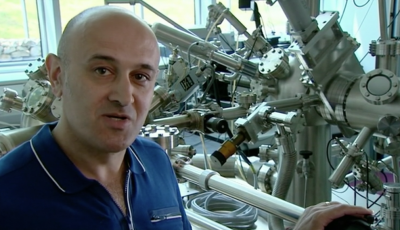
2: The Order of the Elements | Chemistry: A Volatile History
2: The Order of the Elements | Chemistry: A Volatile History
Professor Jim Al-Khalili looks at how the early scientists' bid to decode the order of the elements was driven b...
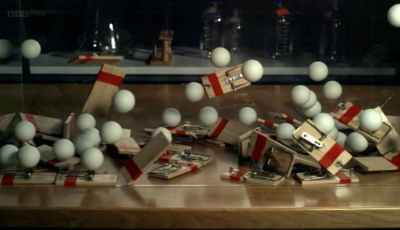
1: Discovering the Elements | Chemistry: A Volatile History
1: Discovering the Elements | Chemistry: A Volatile History
The story of how the elements were discovered and mapped begins with the alchemists who questioned that the world...
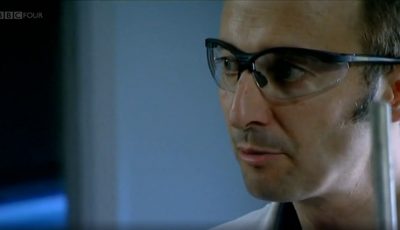
Properties of Group 1 Metals | Chemistry: A Volatile History
Properties of Group 1 Metals | Chemistry: A Volatile History
Spec references J248: C4.1a. Demonstration of reactions of lithium, sodium and potassium with water (Contains hi...
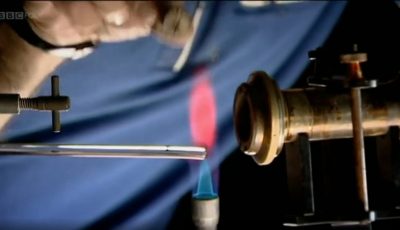
Bunsen Burner | Chemistry: A Volatile History
Bunsen Burner | Chemistry: A Volatile History
Robert Bunsen was a German chemist responsible for the invention of the Bunsen Burner.

Gallium | Chemistry: A Volatile History
Gallium | Chemistry: A Volatile History
Gallium is in a liquid state over the widest range of temperatures than any other element.

Helium | Chemistry: A Volatile History
Helium | Chemistry: A Volatile History
Norman Lockyer recorded a new yellow line by observing the sun through London smog and, assuming the new element to be a metal, named ...

Hydrogen | Chemistry: A Volatile History
Hydrogen | Chemistry: A Volatile History
Cavendish accidentally discovered hydrogen, the first elemental gas, when experimenting with air.

Lavoisier's Elements | Chemistry: A Volatile History
Lavoisier's Elements | Chemistry: A Volatile History
Lavoisier was the first scientist to define what an element was.
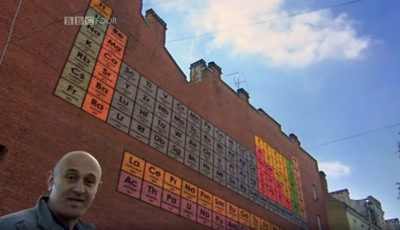
Mendelleev's Periodic Table | Chemistry: A Volatile History
Mendelleev's Periodic Table | Chemistry: A Volatile History
Spec references J248: C2.2i J250: C2.2i. An account of how Mendeleev arranged the elements by atomic mass to crea...
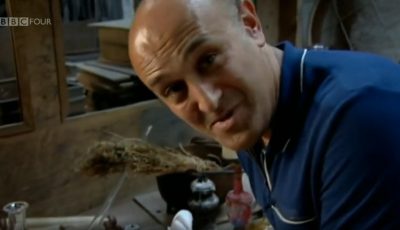
Mercury | Chemistry: A Volatile History
Mercury | Chemistry: A Volatile History
Mercury is fourteen times heavier than water, and so dense even a steel bolt will float in it.

Oxygen | Chemistry: A Volatile History
Oxygen | Chemistry: A Volatile History
The story of how Joseph Priestley discovered oxygen.
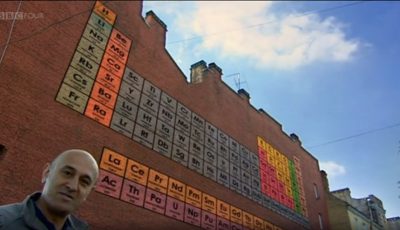
Periodic Table Overview | Chemistry: A Volatile History
Periodic Table Overview | Chemistry: A Volatile History
Spec references J248: C2.2i J250: C2.2i. A quick recap of how the periodic table is arranged including groups, period...
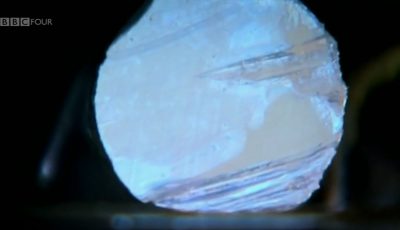
Properties of Potassium | Chemistry: A Volatile History
Properties of Potassium | Chemistry: A Volatile History
Spec references J248: C4.1a J250: C4.1a. Professor Jim Al-Khalili describes properties of potassium and some of its u...
Silicon | Chemistry: A Volatile History
Silicon | Chemistry: A Volatile History
Silicon was discovered by Jöns Jacob Berzelius, a Swedish chemist, in 1824 by heating chips of potassium.
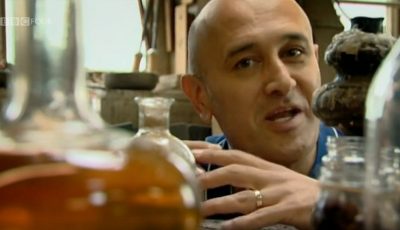
The discovery of phosphorus | Chemistry: A Volatile History
The discovery of phosphorus | Chemistry: A Volatile History
Phosphorus was discovered when Brandt was attempting to isolate gold from his urine.
